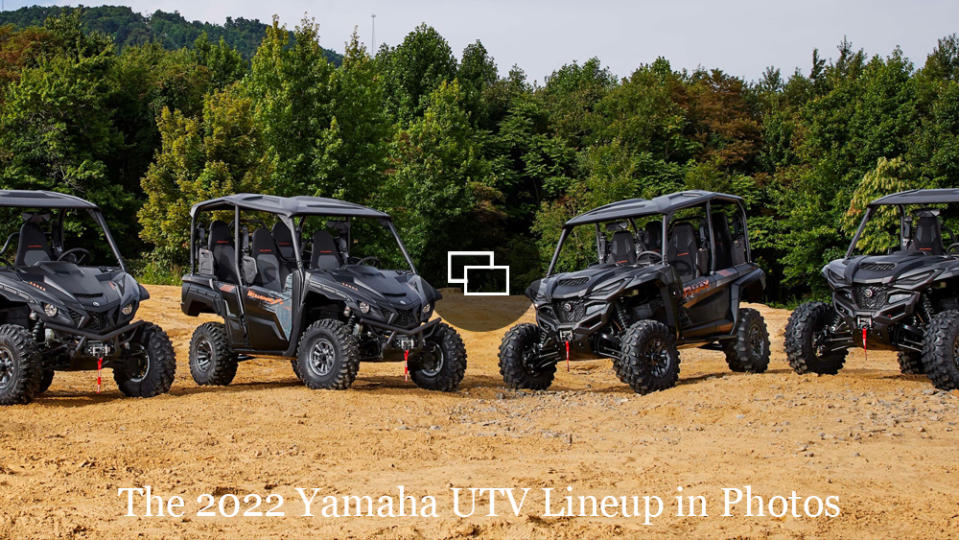First Ride: The 2022 Yamaha UTV Lineup Is Ready for the Rally or Ranch
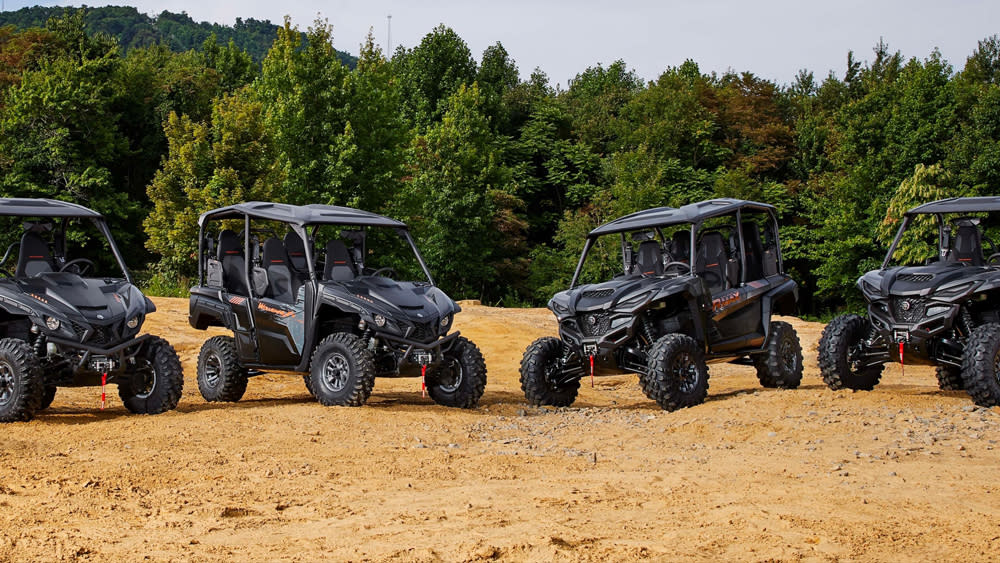
Almost 60 years ago, surfer Bruce Meyers had a vision of a lightweight, short-wheelbase two-seat vehicle that could be driven more easily in the sand. Truthfully, the real purpose of his creation, christened the Meyers Manx, was for racing in the sand and dirt, which it did—and won. Often. Of course, it helped that Meyers the surfer was also Meyers the engineer, and the Meyers Manx soon became very well known by another name: the dune buggy. After closing in 1971, the brand resurfaced again in 2000 and perseveres to this day, the latest iteration having just debuted.
In 2022, it’s easy to spot the spirit of the Manx in Yamaha’s latest lineup of UTV/Side x Side models, and the goal is pretty much the same now as it was then: A fun, purpose-made, lightweight vehicle that can fjord sand, water and rocks, and climb hills in ways SUVs can only dream of. In the desert reaches outside of Phoenix, Ariz., Yamaha gives Robb Report an opportunity to take the latest machines to task on a challenging course laid out by the manufacturer’s seasoned off-road-vehicle design staff.
More from Robb Report
First Ride: Polaris' New All-Electric UTV Delivers Serious--but Silent--Grunt
Father and Son Motorcycle Champs Both Rode This 1996 Yamaha. Now It's Up for Sale.
Volcon's Latest EV Is an Off-Road-Conquering UTV That Can Hit a Top Speed of 80 MPH
First up is the $18,999 Wolverine X4 850 XT-R, a four-seater powered by a liquid-cooled, 847 cc two-cylinder motor paired with a CVT automatic transmission. When only the driver is on board, the X4 has no problem scaling a very steep hill section after the transmission is switched to four-wheel drive, which presents the option to lock the differentials—all by just turning a dial in the cockpit.
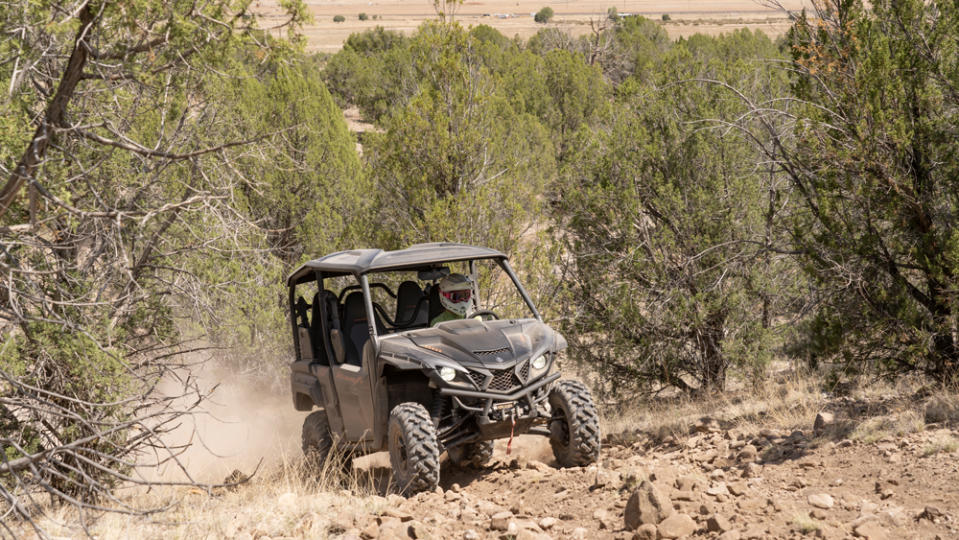
David Schelske, courtesy of Yamaha.
Throttle response is excellent, especially in some very technical spots where the approach and line of departure take a light foot to ease through. Stomping the gas in the flats piles on the power, and the 27-inch GBC Dirt Commander radial tires dig for bite as the KYB shocks—with over 8 inches of travel in front and over 9 inches in back—gobble up rocks and ruts. As we cross off-camber portions of the hillside, it’s easy to forget that the X4 is also a capable workhorse, with a Warn winch up front, a 2,000-pound towing capacity and a small cargo bed behind the seats. It’s nice to know it can work as hard as it can play.
Taking things up a sporting notch is the $16,399 Wolverine X2 850 XT-R, which deletes two seats in favor of a larger rear bed but otherwise packs the same tech and tackle as the X4. Then there’s the $25,999 Wolverine RMAX4 1000 XT-R, which also comes as a two-seater in the $24,399 Wolverine RMAX2 1000 XT-R. Both feature Yamaha’s 999 cc version of the twin cylinder engine, a power plant that truly makes itself known when we claw through deep sand up another steep climb then race down a narrow two-track. Thanks to the engine upgrade, the RMAX variants feel notably more enthusiastic than their 850 cc siblings.
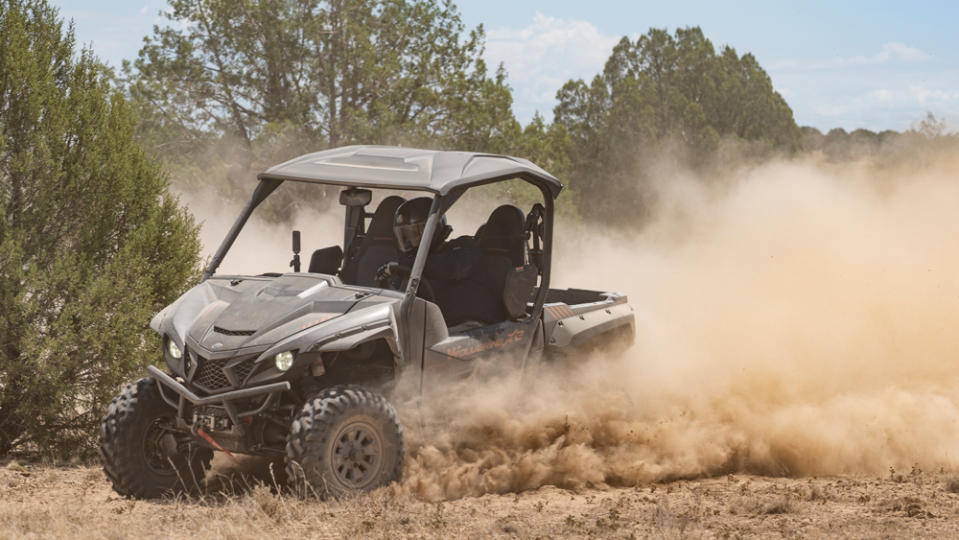
David Schelske, courtesy of Yamaha.
Suspension action on the latter two Wolverines is increased as well, with FOX 2.0 QS3 shocks moving through 14.2 inches of travel up front and 13.3 inches out back. The shocks can also be adjusted between three positions, and without tools, in order to dial in more comfort for work duties or more response when the pace picks up during times of recreation. New curved A-arms also help increase ground clearance to nearly 14 inches. Both RMAX versions now include a Bluetooth-capable stereo, while the RMAX2 also includes beadlock 14-inch wheels as standard.
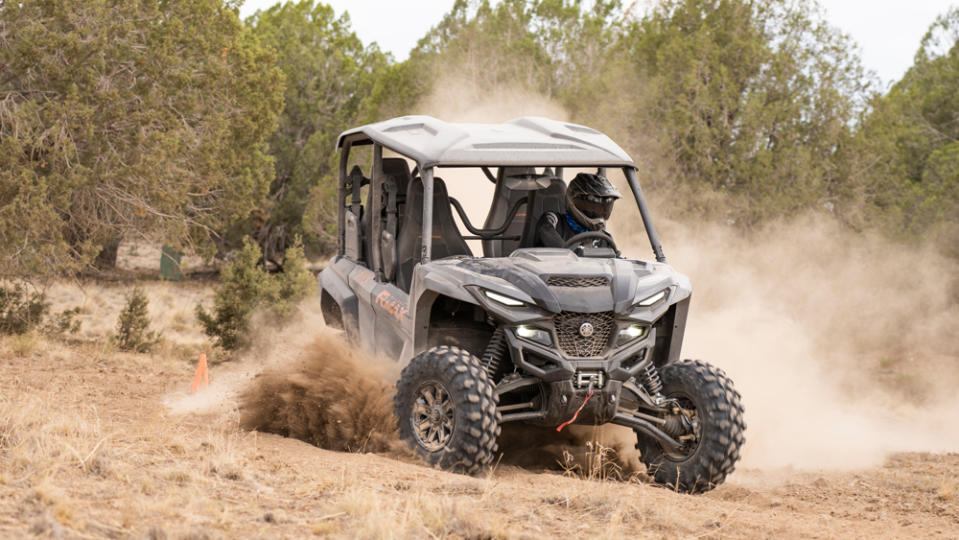
David Schelske, courtesy of Yamaha.
Yet the previous machines are only the warmup for the pièce de résistance, the YXZ1000R SS XT-R—Yamaha’s $23,299 race-bred, halo off-roader known more simply as the “YXZ.” The spirit of the Meyers Manx shines brightest in this 998 cc three-cylinder, two-seat ripper capable of 10,000 rpm and fit with a five-speed paddle-shifted gearbox.
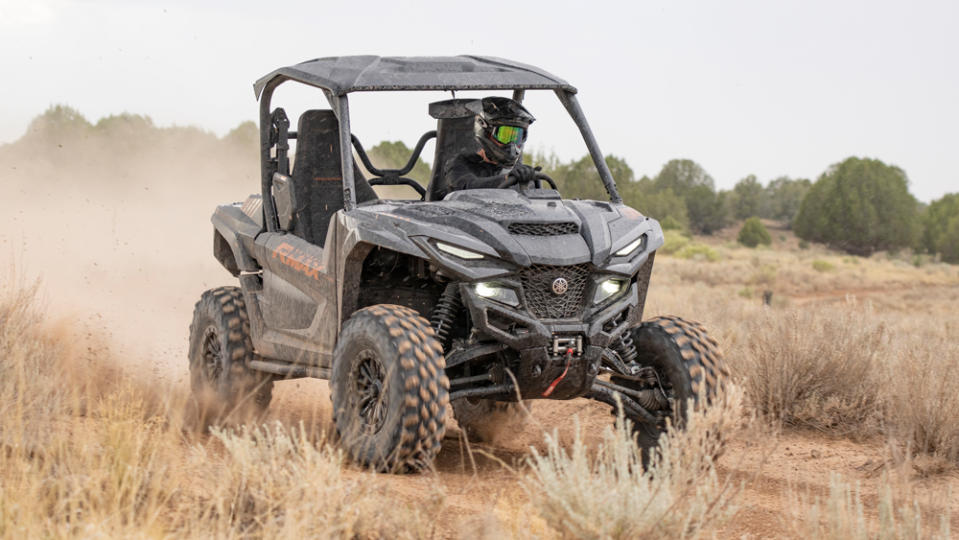
David Schelske, courtesy of Yamaha.
Massive angle-mounted, fully adjustable FOX 2.5 Podium RC2 Dual Spring shocks poke out of the front hood due to the 16 inches of travel, and 29-inch Maxxis Carnage tires leave no stone unturned. Where we previously went with caution, the YXZ begs to be pushed, its mill singing from the single high-mount pipe as the revs—and speed—rise higher and higher.
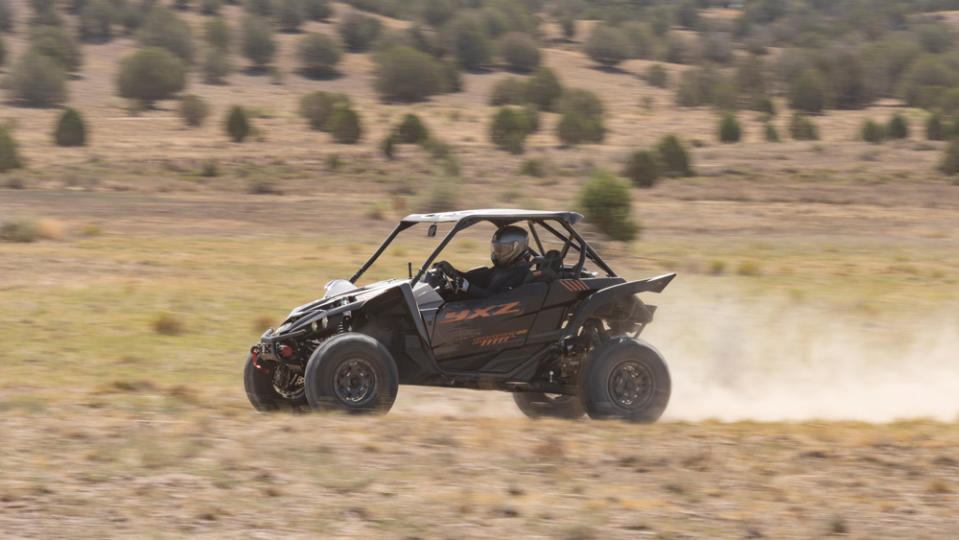
David Schelske, courtesy of Yamaha.
Blasting across sand washes and up steep silt, we find it easy to imagine attacking the Dakar dunes in the YXZ, which is no distant dream: Yamaha fielded a YXZ prototype racer last year in the Dakar Rally and earned a second-place finish in the T3.1 class with Camelia Liparoti and Annett Fischer at the controls. And to think, the start of this fun tracks back to surfer Bruce Meyers, a bold idea and some old VW parts all those decades ago.
Click here to see the photos of the 2022 Yamaha UTV lineup.
David Schelske, courtesy of Yamaha.
Best of Robb Report
The Chevy C8 Corvette: Everything We Know About the Powerful Mid-Engine Beast
The 15 Best Travel Trailers for Every Kind of Road-Trip Adventure
Sign up for Robb Report's Newsletter. For the latest news, follow us on Facebook, Twitter, and Instagram.
